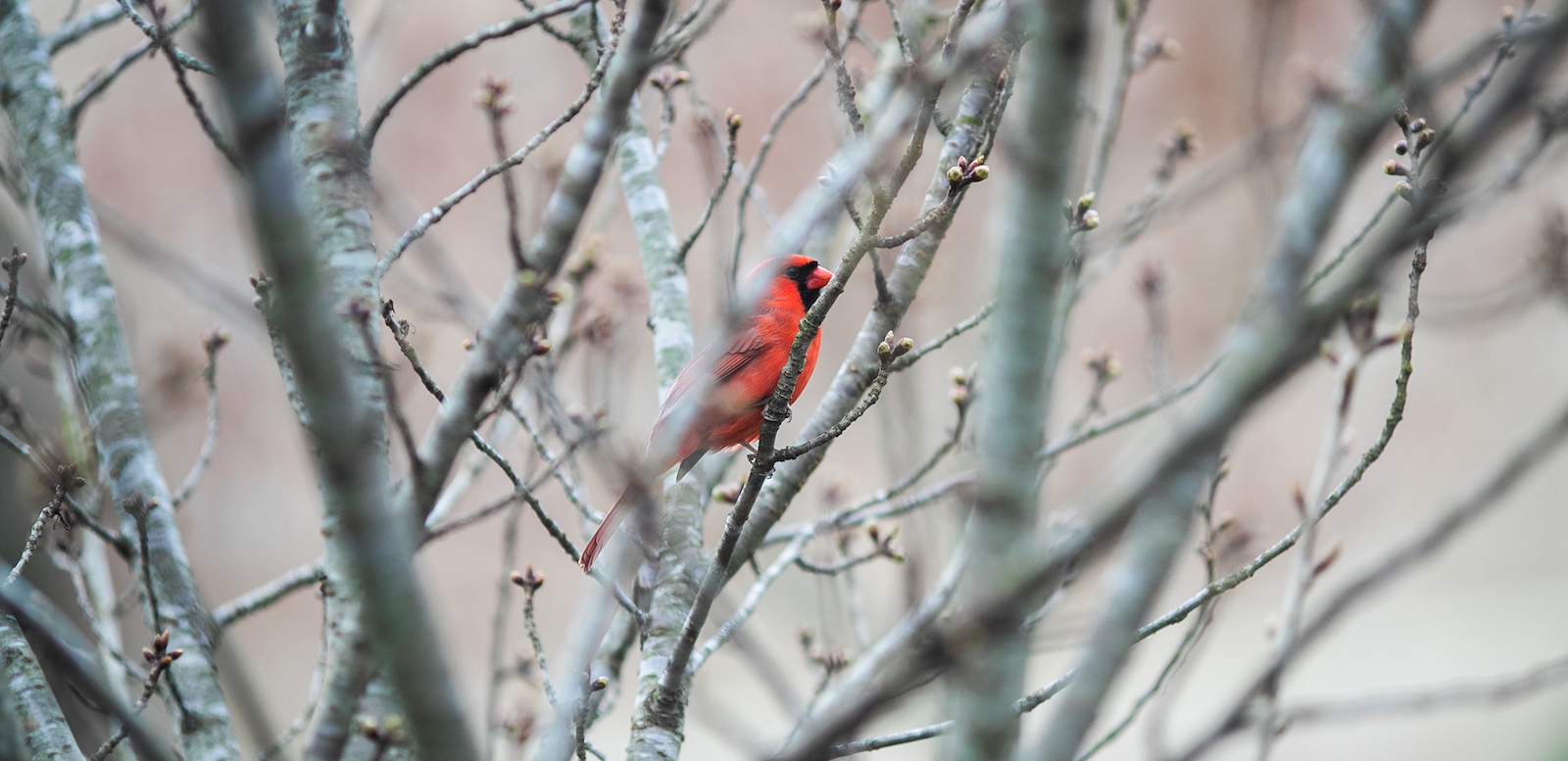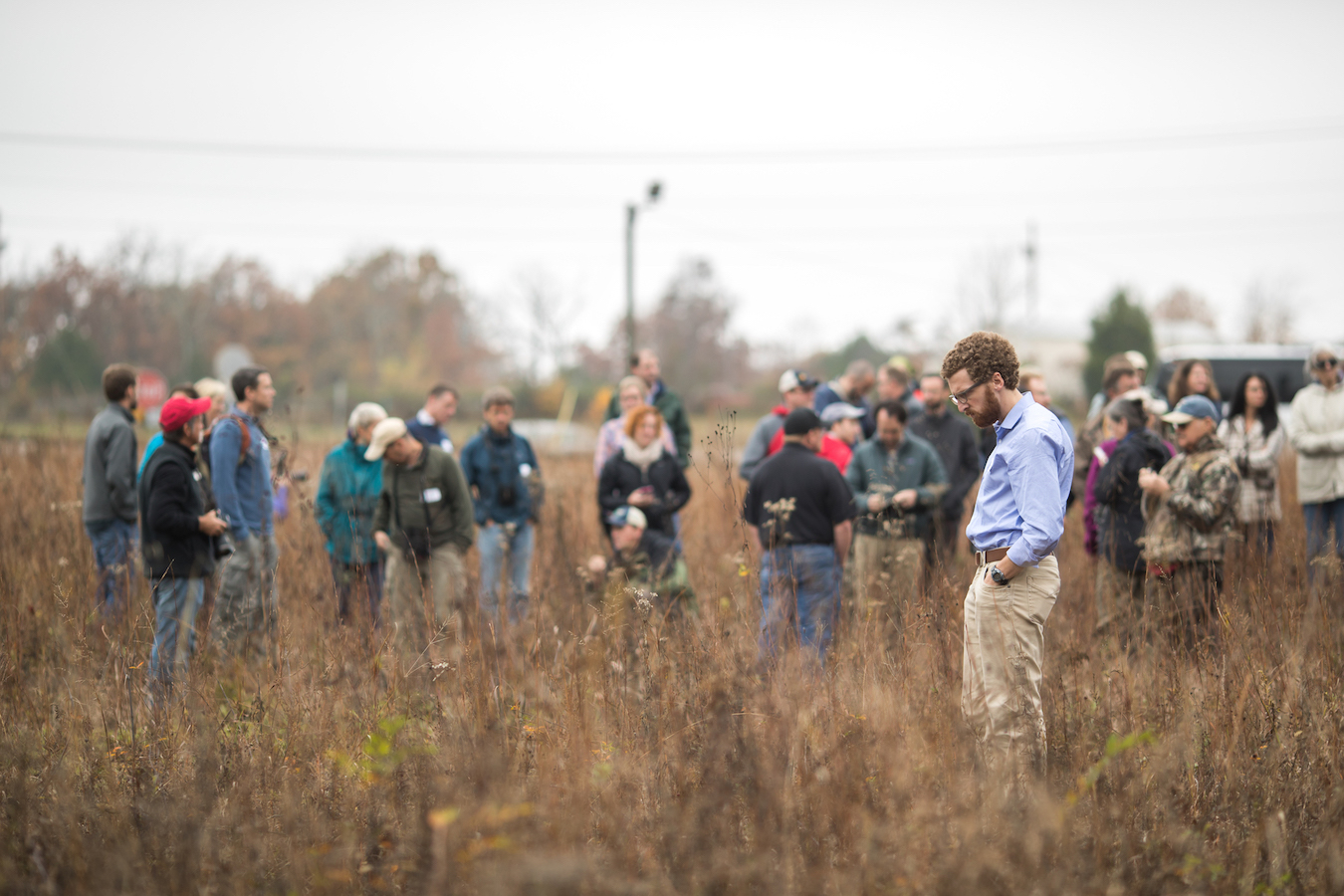Texas Hub of APSU’s Southeastern Grasslands Initiative to be established at Lady Bird Johnson Wildflower Center
Austin Peay State University’s (APSU) Southeastern Grasslands Initiative (SGI) and The University of Texas at Austin’s Lady Bird Johnson Wildflower Center will advance their missions of landscape conservation and ecological restoration through a recently formalized partnership.
The two organizations officially signed a 5-year Memorandum of Understanding on Nov. 18, 2019 that will establish a presence for SGI in Eastern and Central Texas.
The agreement recognizes that coordination between SGI and the Wildflower Center can advance the conservation of southeastern U.S. grasslands (e.g. prairies, savannas, meadows, etc.).
Outcomes of the partnership are expected to include:
- A member of the Wildflower Center’s staff joining SGI’s Steering Committee and/or future board as well as SGI’s Scientific Advisory Committee.
- A staff position or positions to be based out of the Wildflower Center to jointly represent SGI and the the Center.
- The development of mutually beneficial proposals and grant applications.
- Shared production of educational and outreach materials and activities.
- Community-based grassland conservation teams based out of various cities in Central and East Texas.
Story continues below
“SGI’s work is critically important,” Patrick Newman, executive director of the Wildflower Center, said. “By aligning with one another, we hope to strengthen our common goals of conserving North America’s native plants and grassland ecosystems.”
Dwayne Estes, APSU professor and SGI director, responded by saying that “The Lady Bird Johnson Wildflower Center does an outstanding job of educating the public and implementing urban ecological restoration, both of which are critically important for the current age we live in. Their ongoing field research and strengths in volunteer/educational programs will also serve our collaborations in more traditional conservation efforts. Everyone at SGI looks forward to working with the Wildflower Center through a variety of events, promotions, and projects.”
The SGI is a collaboration of leaders in international biodiversity conservation led by the Austin Peay’s Center of Excellence for Field Biology, located in Clarksville, Tennessee.
SGI seeks to integrate research, consultation and education, along with the administration of grants, to create innovative solutions to address the multitude of complex issues facing Southeastern grasslands, the most imperiled ecosystems in eastern North America.
SGI’s focal region includes parts or all of 23 states in the southeastern United States. This forms an area of what is called the “biogeographic Southeast.” The northern boundary is formed by the southern limit of glaciation during the Ice Ages and the western boundary is the eastern edge of the Great Plains. For more information about SGI, visit their website at www.segrasslands.org.
The University of Texas at Austin Lady Bird Johnson Wildflower Center is the Botanic Garden of Texas. The Center promotes its mission to inspire the conservation of native plants through its internationally recognized sustainable gardens, education and outreach programs, research projects, and consulting work. For more information about the Center, visit their website at www.wildflower.org.
News Feed
View All News
Two hours after his interview with the Clarksville Police Department (CPD), Army veteran Dustin Zook had a job offer in hand--a swift result powered by the preparation he built through Austin Peay State University's Military-Affiliated Professionals Program (MAPP).
Read More
Austin Peay State University Middle College students are leading campus-wide bird strike research through the Bird Alliance, documenting window collisions and contributing to ongoing conservation efforts that have significantly reduced bird deaths on campus.
Read More
A generous gift from the estate of Joe Bryan Robertson will support the operations of the Southeastern Grasslands Institute (SGI), part of Austin Peay State University's Center of Excellence for Field Biology.
Read More